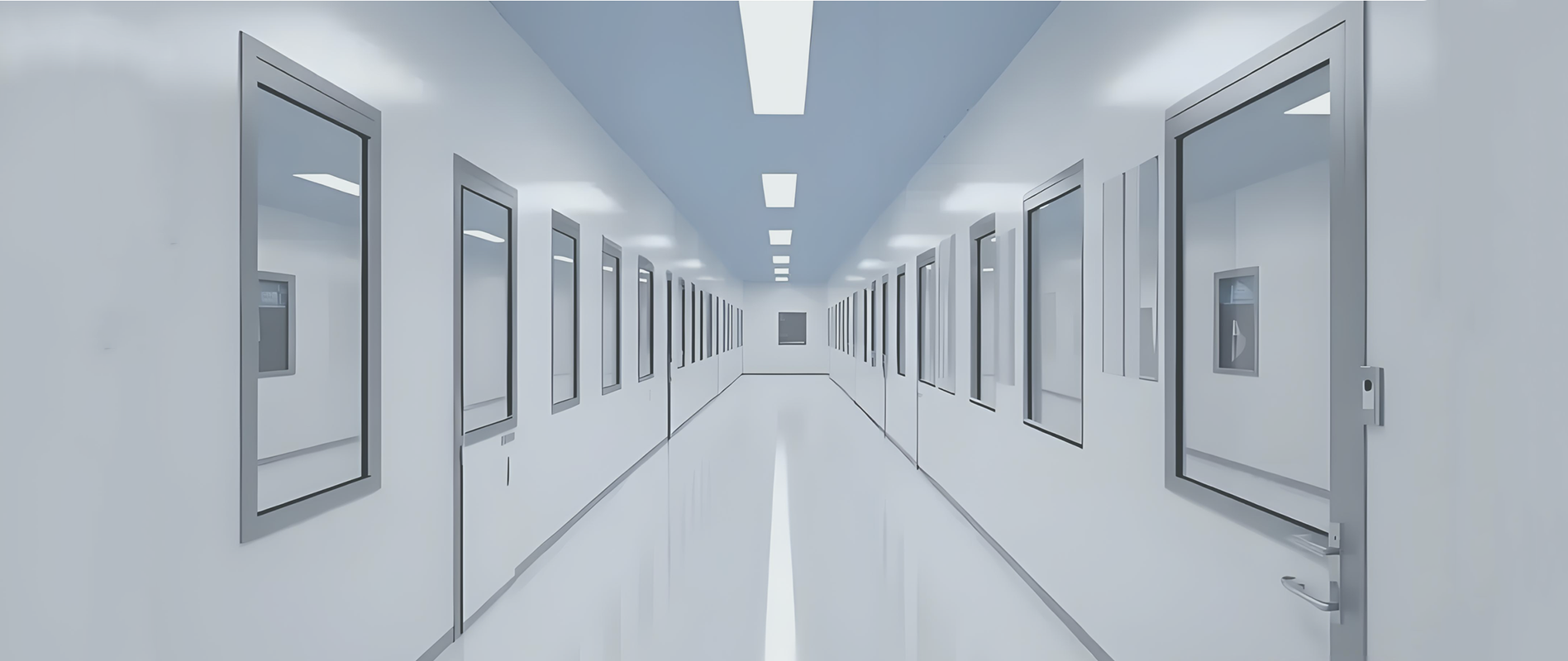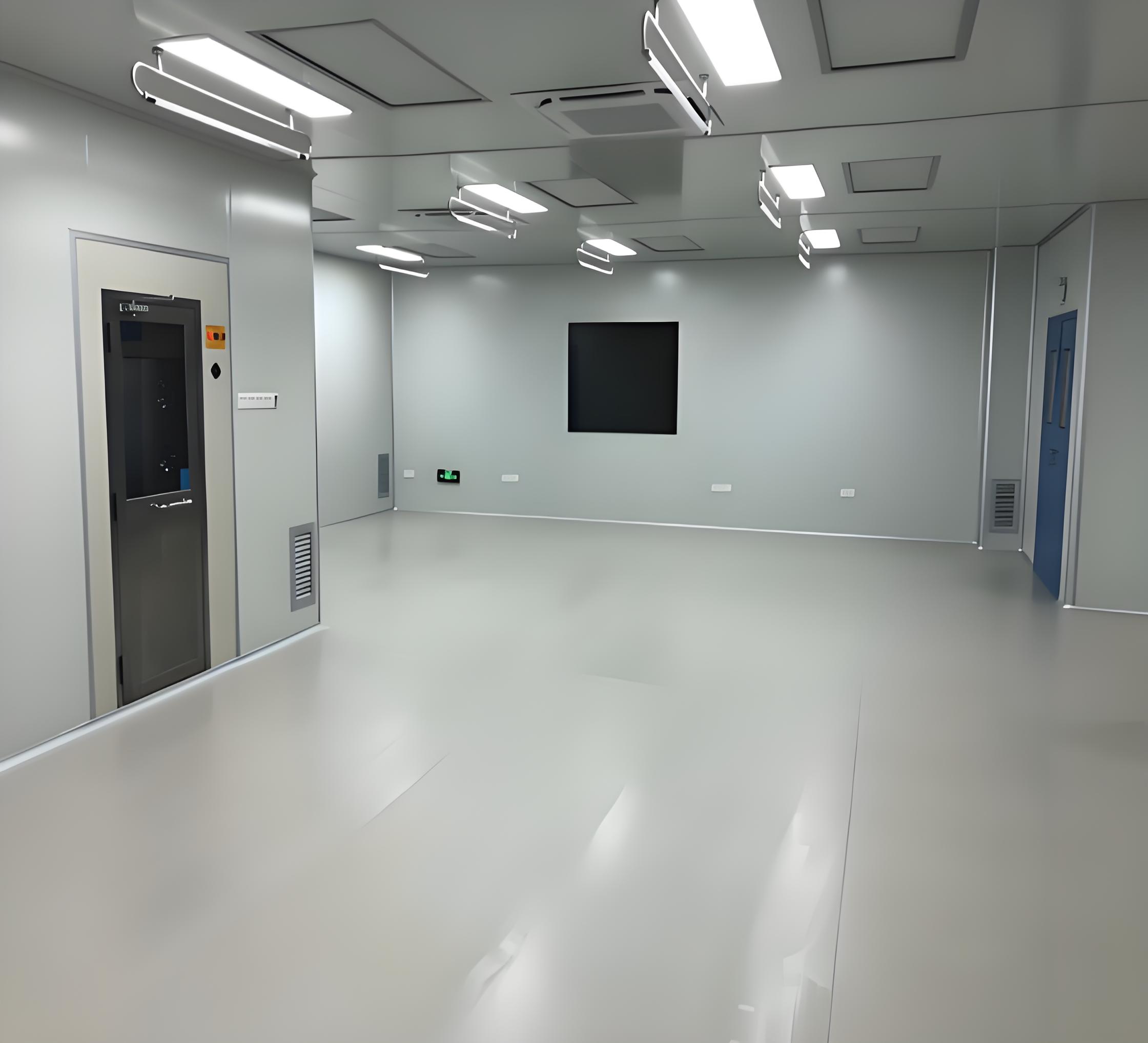




In the world of manufacturing and scientific research, where a single speck of dust or a minor power fluctuation can compromise a billion-dollar project, the environment is everything. Cleanrooms are the heart of these precision-driven operations, found in industries like semiconductor fabrication, pharmaceuticals, biotechnology, and medical device manufacturing. While air filtration and gowning protocols often steal the spotlight, the underlying framework that powers these sensitive environments is just as critical: the electrical infrastructure.
Clean room electrical design is a highly specialized discipline that goes far beyond standard commercial electrical work. It is the intricate art and science of delivering safe, reliable, and ultra-clean power to processes that are intolerant of interruptions, contaminants, and electromagnetic interference. This article explores the core principles of electrical systems for cleanrooms, the meticulous process of electrical installation in controlled environments, and the common challenges engineers face in bringing these complex systems to life.

The primary goal of any clean room electrical design is to support the cleanroom's function without becoming a source of contamination or failure. This is governed by several non-negotiable principles:
Contamination Control: Every component, from conduit to light fixtures, must be designed to minimize particulate generation. This means using materials that are non-shedding, easy to clean, and resistant to the harsh chemicals often used in cleaning procedures.
Reliability and Redundancy: Processes in cleanrooms often run 24/7. A power outage can result in massive financial loss and ruined product batches. Therefore, designs frequently incorporate Uninterruptible Power Supply (UPS) systems, backup generators, and redundant power pathways to ensure continuous operation.
Electromagnetic Compatibility (EMC): Sensitive analytical equipment, such as electron microscopes and mass spectrometers, can be severely affected by electromagnetic interference (EMI) from power lines and other devices. Proper shielding, grounding, and segregation of circuits are paramount.
Safety: The combination of sensitive equipment, potentially flammable materials, and sometimes wet environments creates unique hazards. Electrical designs must strictly adhere to codes like the NEC (National Electrical Code) and often implement enhanced safety measures, including Explosion-Proof (XP) fittings in certain areas.
Flexibility and Future-Proofing: Cleanrooms are frequently reconfigured to accommodate new processes or equipment. The electrical system must be designed with flexibility in mind, allowing for easier changes with minimal disruption to the clean environment.
The electrical systems for cleanrooms are a complex ecosystem of interconnected components, each serving a specific purpose. Understanding this anatomy is key to appreciating the overall design.
Power Distribution: The Backbone
The journey of electricity begins at the main service entrance, often with a higher voltage to reduce losses. It then travels to one or more main distribution panels. From there, power is distributed to:
Critical Load Panels: These panels feed the most important equipment—process tools, environmental control systems (ECUs), and monitoring systems—and are almost always backed by UPS and generator systems.
Non-Critical Load Panels: These serve standard building loads like convenience outlets and some lighting, which can tolerate a brief outage.
Isolated Power Systems: In medical and pharmaceutical applications, isolated power systems with line isolation monitors (LIMs) are used in wet labs and procedure rooms to enhance safety and prevent nuisance tripping, which could halt critical procedures.
Lighting: Seeing Clearly Without Compromising Cleanliness
Lighting in a cleanroom must provide adequate, shadow-free illumination for delicate work without adding heat or particles. Key features include:
Sealed Fixtures: Recessed, gasketed, and sealed LED fixtures are standard. They prevent dust from accumulating inside the fixture and minimize the potential for particulate generation.
Material: Fixtures are typically constructed of stainless steel or anodized aluminum, which are durable and easy to decontaminate.
Low Heat Emission: LEDs are preferred not only for their energy efficiency but also for their low heat output, which reduces the load on the HVAC system.
Wiring and Conduit: Containing the Flow
How power is physically routed through a cleanroom is a critical contamination control issue.
Conduit Systems: EMT (electrical metallic tubing) is common, but all conduit runs must be sealed at junctions and where they penetrate walls or ceilings to prevent air—and contaminants—from migrating from non-clean spaces (like the plenum above the ceiling) into the cleanroom.
Cabling: Plenum-rated cables with low off-gassing properties are often specified. Cable trays must also be designed for easy cleaning.
Grounding and Bonding: The Silent Guardian
A robust grounding system is arguably the most important aspect of electrical systems for cleanrooms. It serves two vital functions:
Safety Grounding: Protects personnel from electric shock by providing a path for fault current.
Technical Grounding: Provides a common reference point for sensitive equipment, shunting unwanted EMI and static electricity away from critical tools. A dedicated, isolated technical ground ring is often installed to ensure signal integrity.

The electrical installation in controlled environments is a phased and tightly controlled operation. It cannot be treated like a standard construction site.
Pre-Installation: Planning and Protocols
Before any work begins, detailed installation procedures are developed. This includes:
Tool and Material Cleaning: All materials, tools, and equipment must be cleaned with appropriate solvents (e.g., IPA) and brought into the cleanroom in sealed, clean bags.
Personnel Training: All electricians must undergo rigorous gowning training and adhere to strict access protocols for the different cleanroom classifications (ISO 5, ISO 7, etc.).
Staging Areas: Materials are staged in anterooms or gowning areas and cleaned again before final entry.
During Installation: Working Clean
The actual electrical installation in controlled environments requires meticulous workmanship.
Minimizing Generation: Techniques that generate particles, like drilling and sawing, are minimized or performed under temporary local containment (e.g., portable HEPA filters).
Sealing: Every penetration, without exception, is sealed with an approved, cleanroom-compatible sealant immediately after the penetration is made.
Documentation: As-built drawings are updated in real-time to reflect any field changes, which is crucial for future maintenance and modifications.
Testing and Validation
Once installation is complete, the system is not energized until it undergoes thorough testing and validation, which often includes:
Insulation Resistance Testing: To ensure integrity of wiring.
Ground Resistance Testing: To verify that the grounding system meets the low-resistance specifications required for sensitive equipment.
Functional Testing: Of all circuits, UPS transfer switches, and backup systems.
EMI/EMC Testing: To measure electromagnetic noise levels and ensure they are within the tolerances of the installed equipment.
Even with careful planning, projects often encounter hurdles.
EMI from Variable Frequency Drives (VFDs): VFDs are essential for controlling HVAC fan motors but are notorious for generating electrical noise. Mitigating this requires careful selection of VFDs with built-in filters, using shielded cables, and proper grounding.
Static Electricity Buildup: The low humidity maintained in many cleanrooms combined with non-conductive materials (like polymer flooring) creates a perfect environment for electrostatic discharge (ESD). This is addressed with static-dissipative flooring, ionizers, and grounding straps for furniture and equipment.
Managing Heat Load: High-density process tools and even lighting can generate significant heat. The electrical design must accurately calculate this heat load and coordinate closely with the mechanical engineer to ensure the HVAC system can handle it, as overheating can itself be a form of contamination.
Future Expansion: Underestimating future power needs is a common mistake. Failing to include spare conduits, extra capacity in panels, and accessible junction boxes can make expansions incredibly costly and disruptive.
Maintenance Without Contamination: A design that doesn’t consider how to maintain or replace components (like a light fixture or a receptacle) without breaching the clean environment is flawed. Access panels and serviceable components from within the cleanroom are essential.
The role of electricity in a cleanroom is a paradox: it is an invisible yet indispensable utility that must remain utterly silent and clean. Achieving this requires a holistic approach where the clean room electrical design is seamlessly integrated with the architectural, mechanical, and process engineering designs from the very beginning. The electrical systems for cleanrooms are the central nervous system of these high-stakes environments, and the success of the entire operation depends on their reliability. Therefore, investing in experienced specialists and rigorous protocols for electrical installation in controlled environments is not an extra cost—it is a fundamental requirement for ensuring quality, safety, and operational success in the most sensitive manufacturing and research settings on the planet.